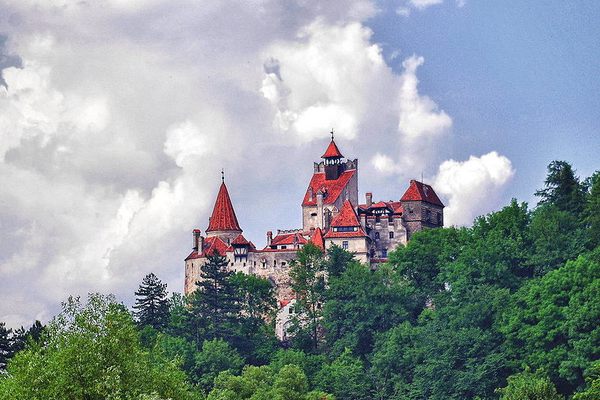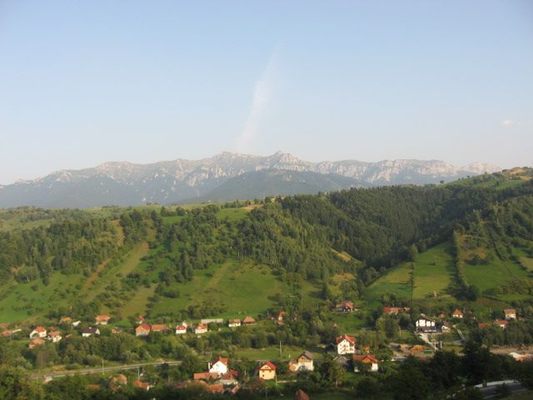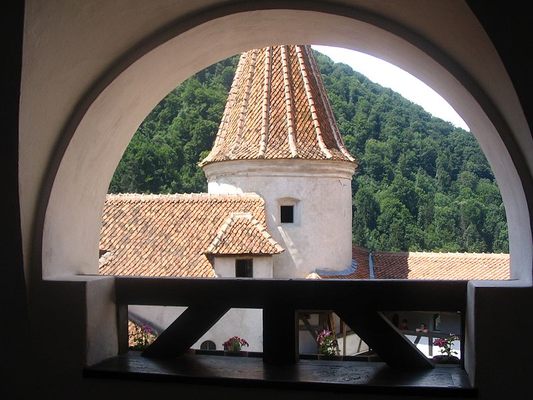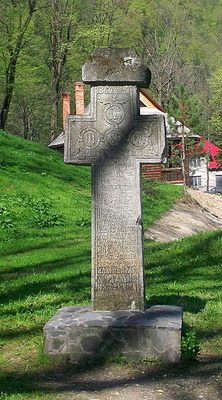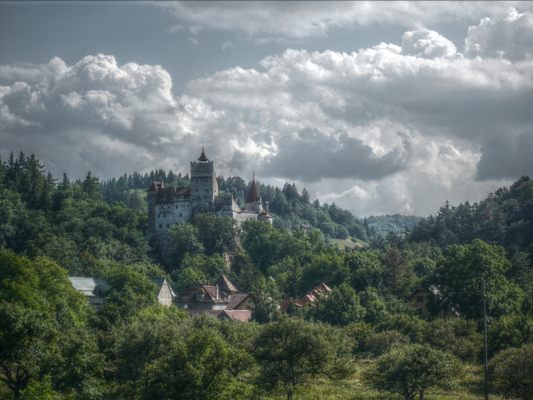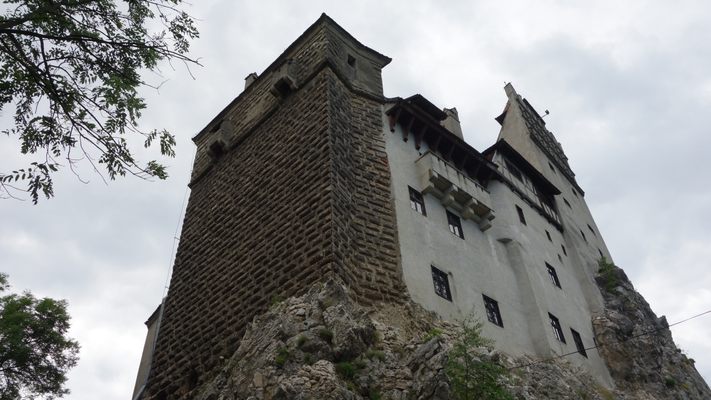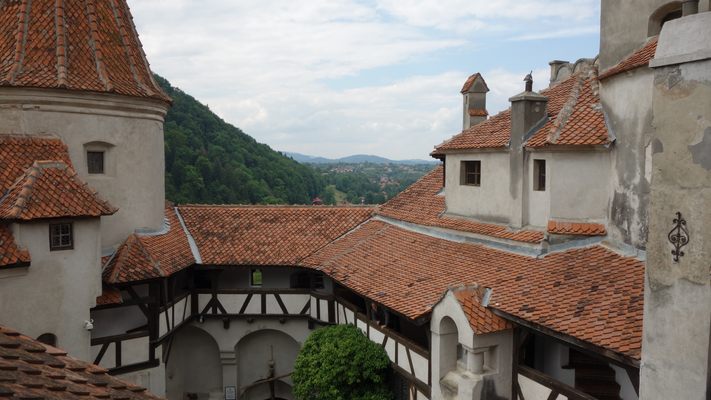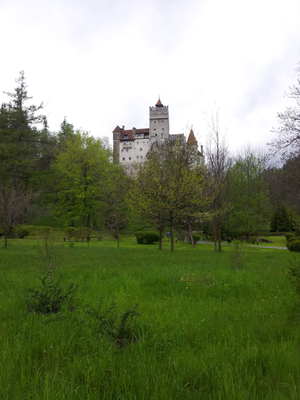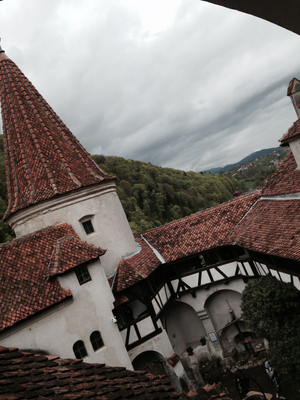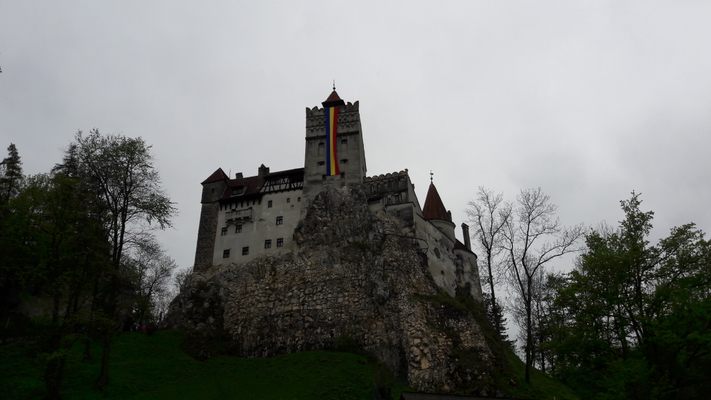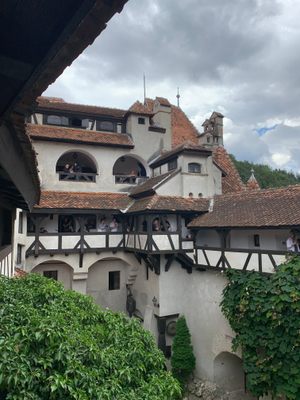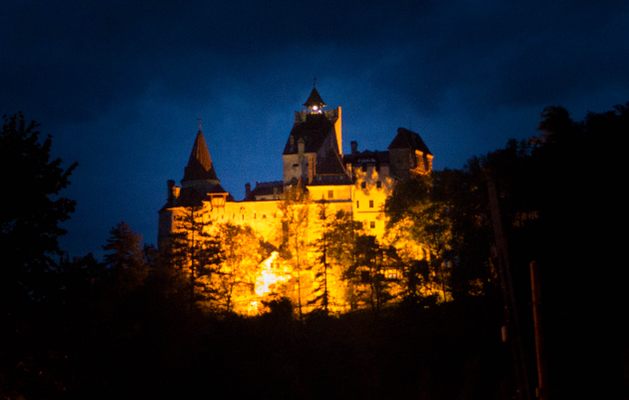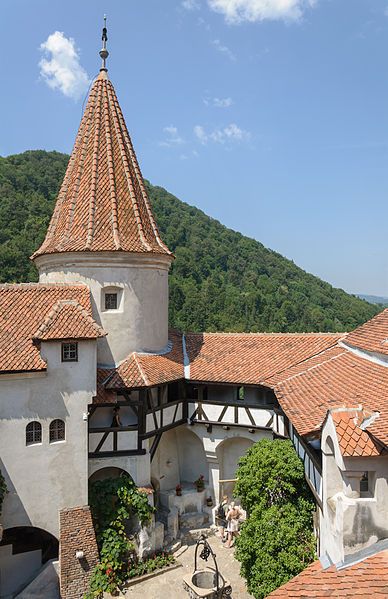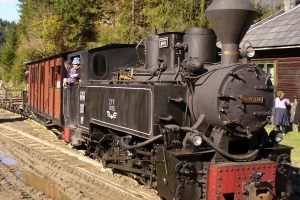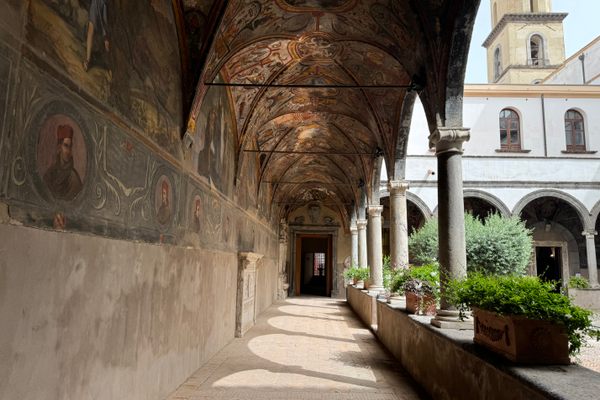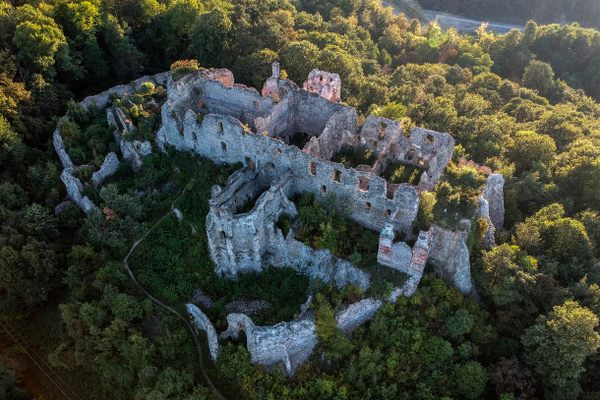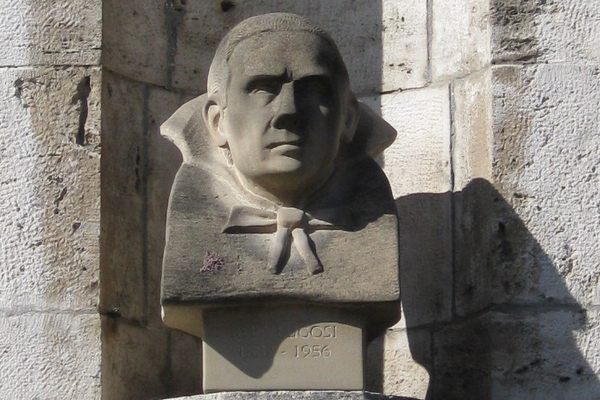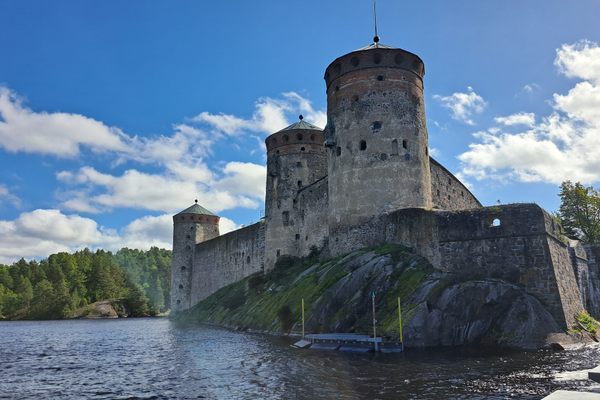About
In the center of Romania is a medieval castle believed to have once held Vlad Tepes Dracula, commonly known as "Vlad the Impaler" as a prisoner. The infamous Romanian ruler was immortalized as the inspiration for Bram Stoker’s 1897 novel, “Dracula,". The novel is believed to be inspired by the Romanian folklore lady serial killer Countess Elizabeth Bathory. Thanks to this loose link to the famous vampire, Bran Castle is popularly known in the region and beyond as "Dracula's Castle."
Bran Castle was built between 1377 and 1388 atop a strategic site overlooking a heavily trafficked mountain pass between Transylvania and Wallachia, the land over which Vlad the Impaler ruled in the 15th century. Also known as Vlad III Dracula, the ruler is widely believed to be the inspiration for Count Dracula due to his historic bloodlust. He liked to torture people and would impale his enemies on the battlefield to deter his other enemies. During invasions, he was also known to use the scorched-earth policy, a military strategy that consists of destroying any possible resource that the enemy could use by poisoning water supplies and burning crops.
Although the famous Wallachian ruler might have passed several times near Bran, there is no historical document attesting that he ever visited it. His visits to Transylvania were usually related to the boyars of Brașov. After his first reign, when he was sent into exile, he wanted to settle in Brașov, but John Hunyadi forbade them to provide him with shelter.
The castle is owned by the descendants of Queen Marie, to whom it was given 1920 as a token of appreciation for her efforts to unify Romania. After her death, Bran Castle was inherited by her daughter, Princess Ileana, who ran it as a hospital during World War II. In 1948 the castle was seized by the Communist regime, but it was returned to Dominic von Habsburg, Princess Ileana's son, in 2006.
Currently, Bran is open as a museum, largely devoted to Queen Marie of Romania. The castle is also a popular location for Halloween events, like the 2016 competition to win the chance to stay in the castle Halloween night, retracing the steps of Jonathan Harker from the opening pages of Bram Stoker’s novel.
Bram Stoker never visited central Europe, and there are other castles with more solid claims on Dracula's legend, but underground passages and ancient weapons and armor, and not to mention all the creepy sounds the medieval building makes, make the Bran Castle an experience worthy of the vampire’s name.
Related Tags
Legends of Romania: Castles, Ruins & Culinary Delights
Discover Romania's Medieval Castles & Culture.
Book NowCommunity Contributors
Added By
Published
August 1, 2017
Sources
- https://en.wikipedia.org/wiki/Bran_Castle
- http://www.bran-castle.com/history.html
- http://www.cnn.com/travel/article/dracula-castle-transylvania-romania/index.html
- http://romaniatourism.com/castles-fortresses-romania-bran-castle.html
- http://www.independent.co.uk/news/world/europe/you-can-stay-in-draculas-castle-on-halloween-a7367086.html
- https://www.usatoday.com/story/travel/destinations/2016/10/17/dracula-bran-castle-romania-airbnb/92297486/
- https://www.lonelyplanet.com/romania/bran/attractions/bran-castle/a/poi-sig/1055185/1326101
- https://en.wikipedia.org/wiki/Vlad_the_Impaler#Vampire_mythology
- https://www.britannica.com/biography/Vlad-the-Impaler
- http://www.history.com/news/draculas-dungeon-unearthed-in-turkey
- http://www.bran-castle.com/dracula.html
- https://www.rferl.org/a/1068701.html
- https://rolandia.eu/bran-castle/
- https://rolandia.eu/vlad-the-impaler/
- https://vagrantsoftheworld.com/bran-transylvania/#The_Legend_of_Dracula_The_Inspiration_for_Dracula
